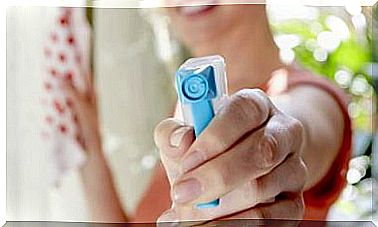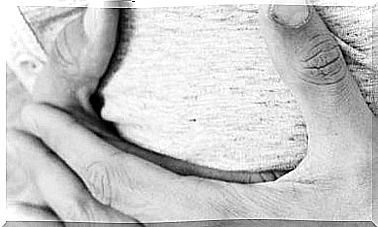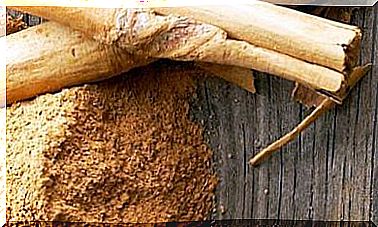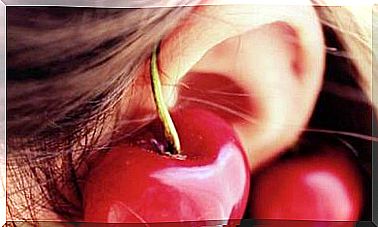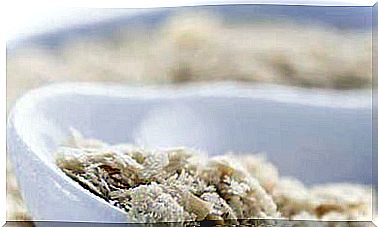4 Natural Keys To Cure Eczema Without Corticosteroids
The continued use of corticosteroid creams to treat dermatitis or eczema can make the skin addicted, whose symptoms are aggravated when the medication is stopped. Natural medicine proposes other solutions.

The creams based on corticosteroids that are prescribed to treat eczema or dermatitis not only not cured, but could aggravate the problem or even provoke the medium and long term.
In fact, one in eight affected could stop suffering from eczema if they stopped using the cream, according to a study published in the journal Drug, health and patient safety by a team of Japanese researchers.
These would be people affected by what is known as “topical steroid withdrawal syndrome.” The theory is that, over time, the skin becomes “addicted” to topical corticosteroids. The moment you stop using the cream used to treat eczema, a reaction is triggered that worsens the problem, which leads to use it again.
How corticosteroids affect the skin
To understand why this happens, you must first understand how the creams used against eczema work.
Topical corticosteroids prevent skin cells from releasing inflammatory substances that are usually produced by an allergic reaction or irritation. This is to avoid redness and inflammation and, in the short term, they are effective and can improve eczema or dermatitis. But for this they compress the blood capillaries that irrigate the skin.
It is believed that the continued use of the creams for years can clog these capillaries and cause redness that is mistaken for eczema, but is actually a vascular problem.
A side effect known as erythroderma or red man syndrome that is often mistaken for a flare-up of dermatitis after medication has been discontinued.
The study authors point out that the similarity of the skin lesions to those of dermatitis or initial eczema makes this confusion common among dermatologists, among whom there is resistance to accepting and diagnosing this syndrome. In fact, many doubt that it exists.
Something that can help differentiate them is that, in general, atopic dermatitis mainly affects the neck, knees and elbows, while in addiction to topical corticosteroids it spreads to other areas of the body (except the palms of the hands and the soles of the feet).
Stopping corticosteroids could eventually return the skin to its normal appearance in many cases, or in the worst of them, to that of a skin with atopic dermatitis, but without the aggravation generated by the creams.
However, the fact that the withdrawal of the creams initially causes an exacerbation of symptoms discourages many from trying. In fact, this “rebound effect” can last from several days to several months : a first phase of exudation is followed by another one of itching, dryness and flaking that can be exasperating, especially when the only treatment offered is to resume the use of corticosteroid creams.
Treat eczema naturally
Compared to the use of corticosteroids, natural medicine recommends less aggressive methods of treating eczema:
1. Changes in diet
Avoid dairy products and increase the servings of anti-inflammatory foods: flax, turmeric, ginger, mushrooms …
2. Stress reduction
Outbreaks of dermatitis are associated with stress. Learn relaxation and meditation techniques and practice them daily.
3. Natural creams
The creams based on aloe vera or calendula moisturise and soften the skin. Choose a product with a natural or organic certification.
4. Supplements that help
Gamma-linolenic acid supplementation is effective in many cases. Homeopathy and Chinese medicine can also help.


